Your bones are living tissue that is constantly renewing itself. However, osteoporosis is a disease that can disrupt this process, making bones brittle and increasing the risk of fractures.1
Osteoporosis can affect anyone, but it is most common in older people, especially women during menopause. This condition can lead to serious health problems, such as broken bones, which can reduce quality of life and disrupt daily life.
In this article, we will discuss what osteoporosis is, how it affects the human bone system, what are its causes and symptoms, how it progresses, how is it diagnosed, what are the treatment options, how can it be prevented and how can it be managed.
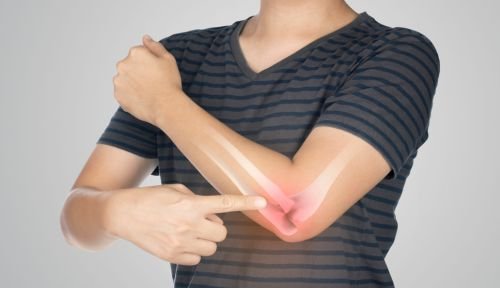
What is osteoporosis?
Osteoporosis is a systemic bone disease characterized by low bone mass due to a decrease in bone density, which increases bone fragility and the risk of fractures.
A condition often characterized by loss of bone mass and structural changes. This means that the bones become brittle and the risk of fractures increases. Bone loss is a normal process of aging, but in osteoporosis, it occurs at a faster rate than usual.
Osteoporosis most commonly affects the bones of the hip, wrist, and spine, but it can affect any bone in the body. Bone fractures in people with osteoporosis can occur from even the slightest impact, such as getting out of bed or falling.
Osteoporosis is a serious problem because it can reduce the quality of life and disrupt daily life. Broken bones can cause pain, movement disorders and even disability.
Osteoporosis is a condition where bone density decreases and the risk of bone fractures increases. This is a very common disease that many people face, especially older women.
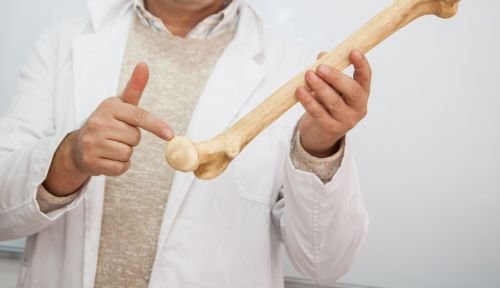
We understand the human skeletal system
Bones are a component of our body whose functions are to protect our organs, give our body shape and allow us to move. Bones are also important to our health because they make blood cells and store important minerals.
Our skeletal system is dynamic and constantly changing. Bone tissue is constantly renewed through a process called remodeling. During remodeling, old bone tissue is replaced by new bone tissue. This process is vital to the health of our bones.
Osteoporosis is a disease that disrupts this remodeling process. In osteoporosis, bone mass is lost faster than it is replaced. This means that the bones become brittle and the risk of fractures increases.
Interesting facts about osteoporosis
Osteoporosis is one of the most common bone diseases in the world. According to the World Health Organization, about 200 million people suffer from osteoporosis. people all over the world.
Osteoporosis mostly affects women. About 80% of all people with osteoporosis are women. This is because women lose bone mass faster than men, especially after menopause.
Although osteoporosis is most commonly associated with aging, it can occur at any age. Even young people can develop types of osteoporosis, such as idiopathic osteoporosis of the young or secondary osteoporosis caused by certain diseases or medications.
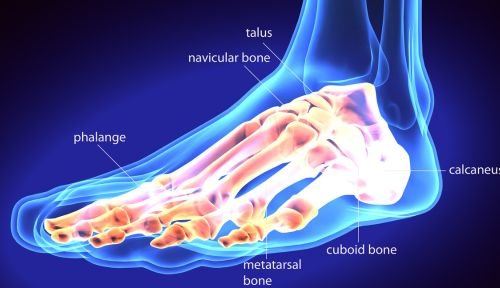
Causes of osteoporosis
There are several factors that can increase the risk of osteoporosis. Some of them are genetic, others are related to lifestyle.
One of the main causes of osteoporosis is age. As we mentioned, bone loss is a normal process of aging. But with osteoporosis, this happens faster than usual.
Another important factor is gender. Women are more prone to osteoporosis than men. This is because women lose bone mass faster than men, especially after menopause.
In addition, certain diseases and medications can increase the risk of osteoporosis. For example, chronic diseases such as rheumatoid arthritis or diabetes can disrupt the bone remodeling process and lead to osteoporosis.
Osteoporosis can occur for many reasons, but the main ones are:
- Aging: Bone density naturally decreases with age.
- Gender: Women are more prone to osteoporosis than men.
- Genetics: If you have a family history of osteoporosis, your risk is higher.
- Nutrition: Insufficient calcium and vitamin D intake may contribute to osteoporosis.
- Physical activity: People who are less physically active are more likely to develop osteoporosis.
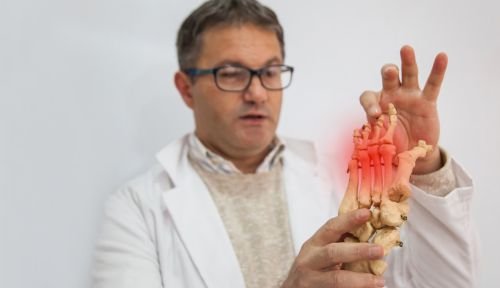
Common symptoms of osteoporosis
Osteoporosis is often called a "silent" disease because it can progress without any obvious symptoms until a bone fracture occurs. However, there are some symptoms to watch out for.
One of the most common symptoms of osteoporosis is back pain. This can occur due to small fractures in the bones of the spine, which can cause the spine to slip and reduce the height of the body.
Another common symptom is a gradual loss of height. This can happen because osteoporosis causes fractures in the bones of the spine, which can shorten the spine.
Posture or "old man" posture, in which the upper back is bent forward, can also occur. It can also be a sign of osteoporosis.
The symptoms of osteoporosis can vary from person to person, but the most common are:
- Muscle weakness
- Hump formation
- Lower back pain
- Bone fractures
- Loss of bone density
- Lower chest pain
- Spinal curvature
- Night sweats of the feet
- Cramps
Osteoporosis progression
The progression of osteoporosis can be slow and subtle. In most cases, osteoporosis progresses without any obvious symptoms until a bone fracture occurs.
As osteoporosis progresses, bone mass is lost faster than it is replaced. This means that the bones become brittle and the risk of fractures increases.
Bone fractures are a serious consequence of osteoporosis. They can cause pain, movement disorders and even disability. In addition, bone fractures can reduce quality of life and disrupt daily life.
Human bones undergo changes all the time: resorption (decay) and formation of new bone tissue. In childhood and youth, the processes of formation are more active than decay, so up to 30 m the bones grow, strengthen, and become denser. In old age, resorption is faster than regeneration, which results in the loss of some bone mass and the onset of osteoporosis.
Diagnosis of osteoporosis
Diagnosing osteoporosis begins with a thorough health history and physical examination. Your doctor may ask about your symptoms, lifestyle habits, family health history, and previous illnesses or medications that may increase your risk of osteoporosis.
Your doctor may then perform a bone mineral density test, which is a standard method for diagnosing osteoporosis. This test uses low-dose X-rays to measure bone density and assess fracture risk.
Your doctor may also do other tests, such as blood and urine tests, to identify possible causes of osteoporosis or an increased risk of fractures.

Osteoporosis treatment options
The goals of osteoporosis treatment are to reduce bone loss, increase bone mass, reduce fracture risk, and relieve symptoms. There are several treatment options, including medication, lifestyle changes, and physical therapy.
Medicines are the main treatment for osteoporosis. There are several medications that can reduce bone loss and increase bone mass. However, these drugs can have side effects and are not suitable for everyone.
Lifestyle changes are also important in treating osteoporosis. These include a healthy diet, regular exercise, limiting alcohol and tobacco use, and calcium and vitamin D intake.
Physiotherapy can help reduce symptoms of osteoporosis, improve movement and strengthen bones. Physiotherapy may include exercise, physical therapy and physiotherapy.
-
Liquid Magnesium, Calcium with Zinc and Vitamin D3, 473 ml39,90 €
-
Garden of life Vitamin Code Raw D3 - Vitamin D3 2000 strength, 60 vegetarian capsules39,90 €Rated 5.00 out of 5 based on 1 customer rating
Prevention and management of osteoporosis
Prevention and management of osteoporosis are important for maintaining a healthy bone system. There are several ways you can help prevent osteoporosis and manage its symptoms.
A healthy diet is one of the main ways to prevent osteoporosis. Your diet should include enough calcium and vitamin D, which are important for bone health. Sources of calcium include dairy products, green vegetables, nuts and seeds. Vitamin D comes from sunlight, but it's also found in foods like fatty fish, dairy products, and liver.
Regular exercise is another important way to prevent osteoporosis. Physical exercise helps strengthen bones and muscles, improves balance and coordination, and reduces the risk of fractures.
Limiting alcohol and tobacco use can also help prevent osteoporosis. Alcohol and tobacco can disrupt the bone remodeling process and increase bone loss.
Treatment for osteoporosis may include medication, lifestyle changes, and special exercises. The main goal of treatment is to control pain, reduce the risk of fractures and prevent the progression of the disease.
To reduce your risk of osteoporosis, you should:
- Eat healthy: Include more calcium and vitamin D-rich foods in your diet.
- Be physically active: Physical activity helps strengthen bones and muscles.
- Careful health care: Regular health check-ups allow early detection and treatment of osteoporosis.
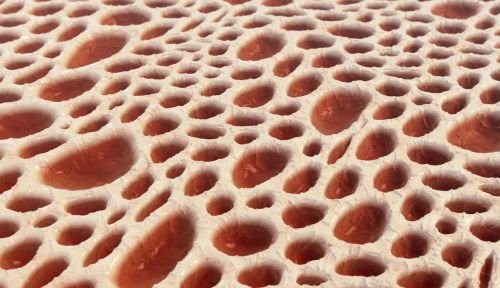
Nutrients important for the prevention of osteoporosis
Calcium and vitamin D are two key nutrients that are vital for bone health. Calcium is important for bone formation, and vitamin D helps the body absorb calcium.
Foods rich in calcium include dairy products, green vegetables, nuts and seeds. Vitamin D comes from sunlight, but it's also found in foods like fatty fish, dairy products, and liver.
In addition to calcium and vitamin D, other important nutrients for bone health include protein, phosphorus, magnesium, zinc, and vitamin K. These nutrients can help strengthen bones and prevent osteoporosis.
Frequently asked questions about osteoporosis
What is osteoporosis?
Osteoporosis is a condition in which bones become brittle and vulnerable due to a decrease in mineral density. This increases the risk of fractures, especially in the hips, spine and wrists.
What are the symptoms of osteoporosis?
Osteoporosis usually does not cause any symptoms until a bone fracture occurs. However, some people may experience back pain, changes in posture, or notice that their height has decreased.
What causes osteoporosis?
The main risk factors for osteoporosis are age, gender (women are at higher risk), genetics, low body weight, use of certain medications, and insufficient intake of calcium and vitamin D.
How can osteoporosis be prevented?
Osteoporosis can be prevented by exercising regularly, getting enough calcium and vitamin D, and avoiding smoking and excessive alcohol consumption.
Can osteoporosis be cured?
Although osteoporosis cannot be completely cured, appropriate treatment and lifestyle changes can significantly reduce the risk of fractures and improve quality of life.
Conclusion: Living with osteoporosis
Although osteoporosis can be a challenge, there are many ways you can manage the condition and maintain your bone health.
The most important thing is to follow a healthy lifestyle, including a healthy diet, regular exercise, and reducing alcohol.
Osteoporosis is a serious health problem that can have a significant impact on your quality of life. However, with proper care and treatment, the symptoms of this disease can be controlled and its consequences minimized. It is important to detect osteoporosis early and take steps to protect your bones.














One comment
Rosita
I finally found everything in one place, from symptoms to treatment.